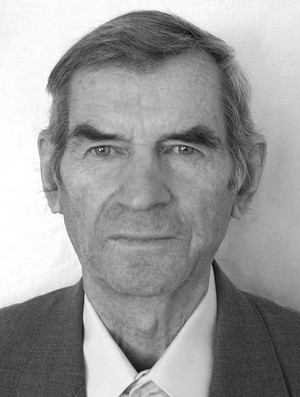Sprint and special running practices in context of procedural analysis
Фотографии:
ˑ:
Associate professor, PhD A.N. Begletsov
Magnitogorsk
An analysis of the theoretical studies of sprint techniques published for the last 75 years and practical education and skills excelling guides and recommendations showed that presently the sport science is still in need of a definite understanding of the sprint movement sequence biomechanics profiled by the movement elements both in competitive runs and special training exercises. Objective of the study was to perform a theoretical analysis of the sprint technique and provide experimental evidence for the movement elements being reflectively connected, with the connections being critical for the quality of the sprint stride. We made an attempt to find the reflectively connected elements in the movement sequences that could be copied to the key training practices with no detriment for the movement structure that should be retained. The study was performed on the assumption that there is a reflective correlation between the upward and downward movements of the thigh that are critical for the stride quality; and the assumption was subject to an experimental verification. With this purpose, we performed a preliminary experiment with a group of 16 children and young people of 5-20 years of age. The running practices offered to the group were very simple and required no special education. They implied the trainee being somewhat abstracted from direct execution of the motor skills followed by the mastered elements being transferred to the key practice that should have been mastered and excelled.
Keywords: movement biomechanics, sway, reflective motor response, education material digestion process psycho-physiology, training.
References
- Artyushenko A. Bar'erist 1 klassa (1st Class hurdler) / A. Artyushenko, A. Begletsov // Legkaya atletika. – 1975. – # 9. – P. 14.
- Begletsov A.N. Netraditsionnoe obuchenie (beg, khod'ba, dvigatel'nye reaktsii): Nauchno-issledovatel'skiy aspekt i metodicheskie rekomendatsii po distsipline «Fizicheskaya kul'tura» (Unconventional training (running, walking, motor responses): Research dimension and guidelines on discipline "Physical Education") / A.N. Begletsov. – Magnitogorsk: MSTU (MGTU), 2009. – 28 p.
- Begletsov A.N. Variantnost' i vzaimosvyaz' dvizheniy ruk v sprinterskom bege s dlinoy begovogo shaga i skorost'yu peredvizheniya (Variance and correlation of hand movements in sprint with running step length and speed of movement) / A.N. Begletsov // Teoriya i praktika fiz. kultury. – 2014. – # 3. – P. 73-76.
- Biryukov D.A. Izbrannye trudy (Selected Works) / D.A. Biryukov. Ed. by Dr.Med. N.N. Vasilevskiy. – Leningrad: Meditsina, 1973. – 255 p.
- Valik B.V. Treneram yunykh atletov (Junior athletes' coach's guide) / B.V. Valik. – Moscow: Fizkul'tura i sport, 1974. – 168 p.
- Donskoy D.D. Biomekhanika s osnovami sportivnoy tekhniki: uchebnik dlya institutov fizicheskoy kul'tury (Biomechanics with basics of sport technique: textbook for physical culture institutes) / D.D. Donskoy. – Moscow: Fizkultura i sport, 1971. – 288 p.
- Donskoy D.D. Biomekhanika: uchebnik dlya institutov fizicheskoy kul'tury (Biomechanics: textbook for physical culture institutes) / D.D. Donskoy, V.M. Zatsiorskiy. – Moscow: Fizkul'tura i sport, 1979. – 264 p.
- Zhilkin A.I. Legkaya atletika: ucheb. posobie dlya stud. vyssh. ped. ucheb. zavedeniy (Athletics: study guide for ped. university students) / A.I. Zhilkin, V.S. Kuz'min, E.B. Sidorchuk. – Moscow: Akademiya, 2003. – 464 p.
- Legkaya atletika: uchebnik dlya institutov fizicheskoy kul'tury (Athletics: textbook for physical culture institutes) / Ed. by N.G. Ozolin, G.V. Vasil'ev, Z.K. Smirnov. – Moscow: Fizkul'tura i sport, 1940. – 480 p.



